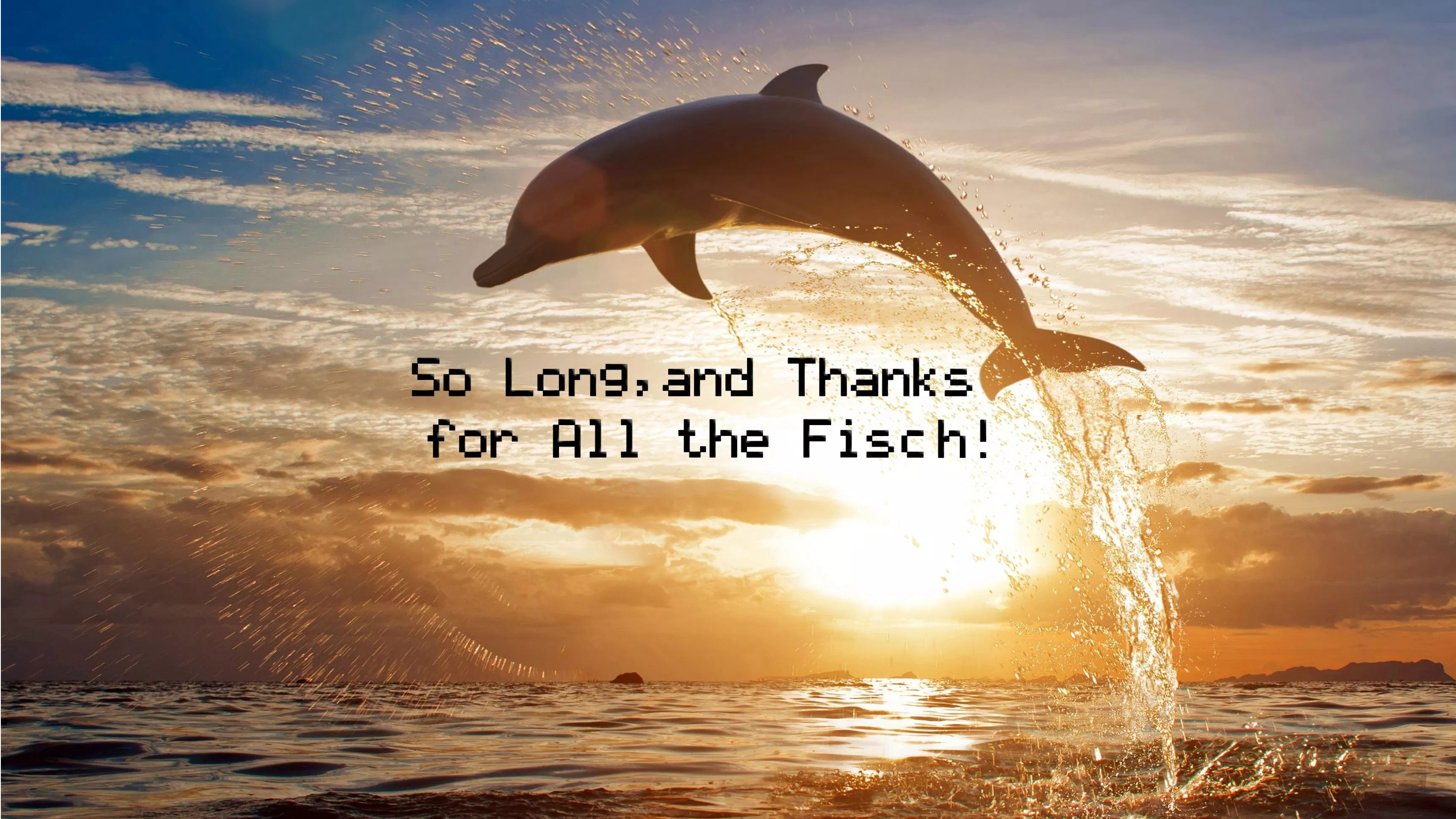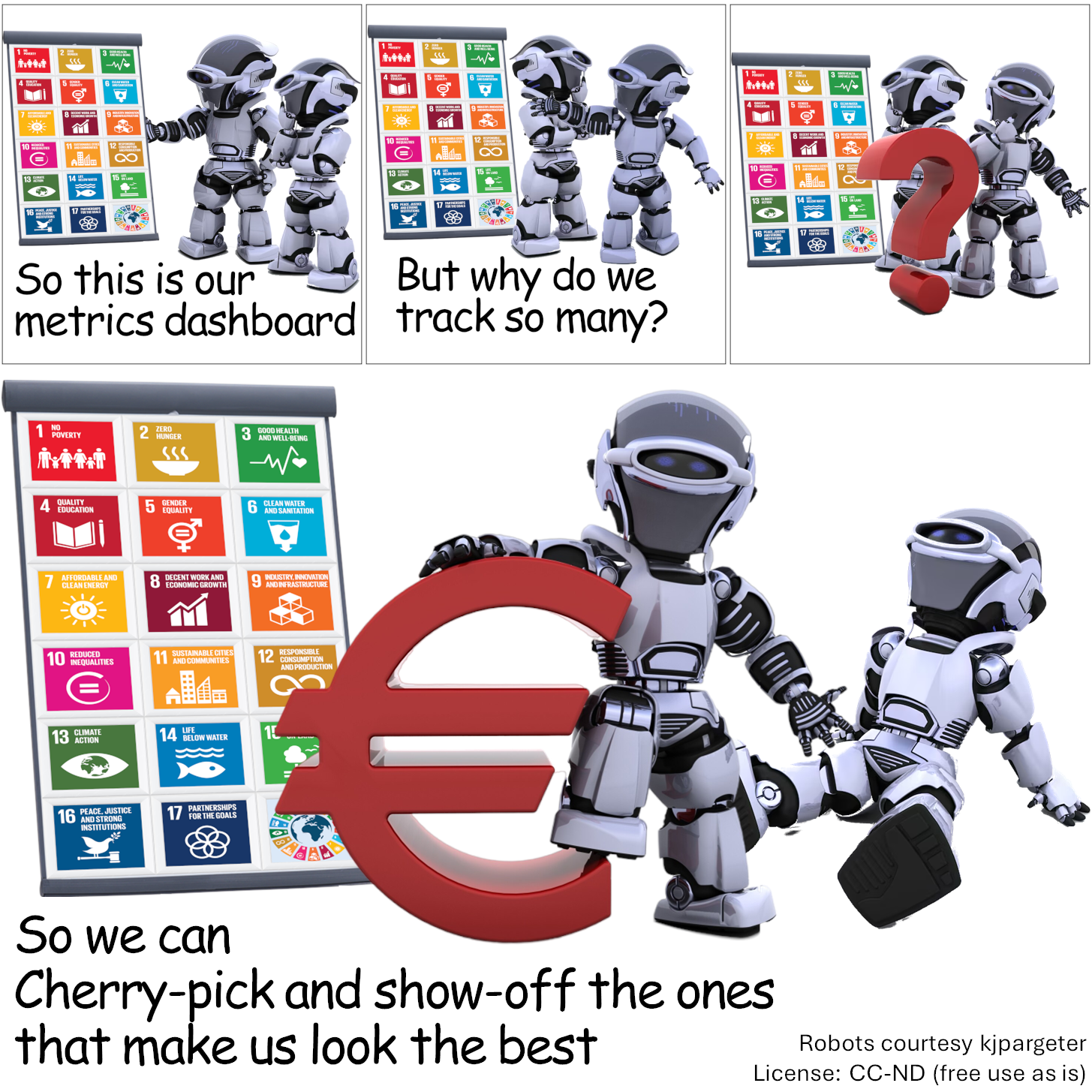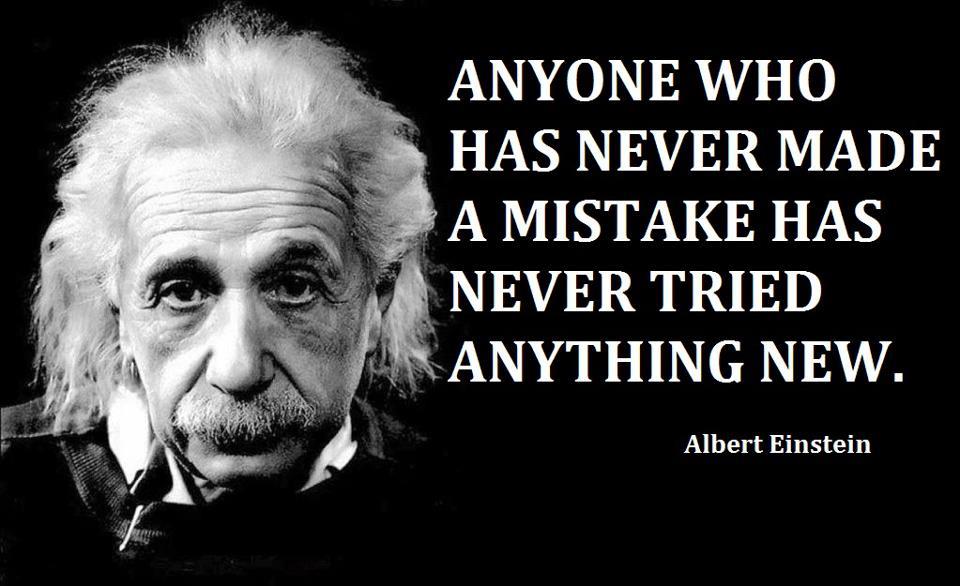As many of you may have heard, I was mostly offline for a matter of several weeks, especially with very limited access to LinkedIn, but also to my mail. My communication was mostly forced back to phone and digital calls (WhatsApp, Google Meet mostly). And to my own surprise, it turned out a far more productive six weeks than before!
To return to the digital world, this week I got also had to reinstall my laptop and review my mails 🫣 With additional learning curves.
 Again, I assume it’s something you heard from me before. For many years now, I restricted myself to 10 (ten) mailing lists. The RSS-feeds mostly dried out anyway. But I found it interesting to how many mailing lists I got “signed up”. No, I didn’t do myself. I simply got added to. Got to be kidding I thought when my (intentionally) unfiltered inbox (previously filtered) for those six weeks flooded my new mail app with 13 000 e-Mails. Excuse me? On about 45 days, that’s more than 280 mails a day?
Again, I assume it’s something you heard from me before. For many years now, I restricted myself to 10 (ten) mailing lists. The RSS-feeds mostly dried out anyway. But I found it interesting to how many mailing lists I got “signed up”. No, I didn’t do myself. I simply got added to. Got to be kidding I thought when my (intentionally) unfiltered inbox (previously filtered) for those six weeks flooded my new mail app with 13 000 e-Mails. Excuse me? On about 45 days, that’s more than 280 mails a day?
Well. Running a spam filter over it, after reviewing the spam to filter back ham (good mails incorrectly identified as spam), I added some 30 senders (including mailing lists. For a total of 2.493 “remaining” mails. Still some 55 mails a day. Now filtering mass mailings (mailing lists I thought not to trash but filter into a specific folder), it reduced to 114 mails. Very manageable. Of which I have missed four in those past weeks. Nevertheless, that is less than 1% of the e-Mail that flooded my mailbox. And yes, there are additional counter-measures on the mail-server.
Social Network
 Every day, I already limited my activity to LinkedIn to two hours a day. Before. Now those weeks, I made those two hours about every three to four days. And found I may have missed out thousands of “news” in my feed. But I started reaching out one-on-one which turned out rather more productive. Including feedback that those people from my network have not seen much of my posts in the past months. So what was that back in 2020 about the half-life of social media information?
Every day, I already limited my activity to LinkedIn to two hours a day. Before. Now those weeks, I made those two hours about every three to four days. And found I may have missed out thousands of “news” in my feed. But I started reaching out one-on-one which turned out rather more productive. Including feedback that those people from my network have not seen much of my posts in the past months. So what was that back in 2020 about the half-life of social media information?
On my few posts, LinkedIn praised for the many “viewers” they got, but the responses have been and remain limited. I’ve reached out before and it’s the ever-same 5-10 people that do respond to my posts.
 So if you want to make sure I see your post, please “mention” me. It doesn’t mean I’m not interested, it’s simply that I will try to focus my life more on the real world again and given the flood of posts in my feed, I may simply miss out on it. And if you suddenly find yourself no longer linked-in with me, it’s not out of desinterest, but simply as I haven’t established the personal link. And if you post interesting thoughts, I sure will keep following you. And yes, I will have saved your contact data. You know, mine is on barthel.eu available … I hope 😊
So if you want to make sure I see your post, please “mention” me. It doesn’t mean I’m not interested, it’s simply that I will try to focus my life more on the real world again and given the flood of posts in my feed, I may simply miss out on it. And if you suddenly find yourself no longer linked-in with me, it’s not out of desinterest, but simply as I haven’t established the personal link. And if you post interesting thoughts, I sure will keep following you. And yes, I will have saved your contact data. You know, mine is on barthel.eu available … I hope 😊
Blog
![“For those who agree or disagree, it is the exchange of ideas that broadens all of our knowledge” [Richard Eastman]](https://foodforthought.barthel.eu/wp-content/uploads/2016/08/eastman_quote.jpg) So what about this blog? The interesting part is, that I have thousands of monthly viewers, but again, the ever-same 5-10 people that do respond to my posts. But long ago, I decided to use the blog to summarize and organize my own thoughts on those topics. So I write in fact for myself. And if you find that helpful for yourself, you’re very welcome.
So what about this blog? The interesting part is, that I have thousands of monthly viewers, but again, the ever-same 5-10 people that do respond to my posts. But long ago, I decided to use the blog to summarize and organize my own thoughts on those topics. So I write in fact for myself. And if you find that helpful for yourself, you’re very welcome.
But yes, the feedback, strong in the beginning (back more than 15 years ago) faded as well.
So recently my WordPress-Theme crashed, no longer being updated. So I replaced it “temporary” with the current sub-optimal one. Let’s see how long that holds, given that I don’t prioritize the blog either…?
My To-Do List
 So while no longer prioritizing LinkedIn or the blog, I will keep writing the blog, for the mentioned reason. To summarize and organize my own thoughts. I also plan to experiment with a VLOG. But that’s neither on my priority list. So far I use my little studio for web-calls (WhatsApp, Google Meet, Zoom, etc.). Let’s see how that will go.
So while no longer prioritizing LinkedIn or the blog, I will keep writing the blog, for the mentioned reason. To summarize and organize my own thoughts. I also plan to experiment with a VLOG. But that’s neither on my priority list. So far I use my little studio for web-calls (WhatsApp, Google Meet, Zoom, etc.). Let’s see how that will go.
I also gained too much “Connections” on LinkedIn. People I that reached out to me, I thought to likely be “valuable” but who turned out “dead baggage”. So I will reach out and see if they respond. Or remove them. They still can follow me, right?
Else, I refocus my personal efforts to people that do communicate with me one-to-one. Digital or face-to-face.
And yes, I think that might be
Food for Thought
Comments welcome!



 This is another example how the
This is another example how the 


 While this is so long ago, many in our industry have forgotten that SABRE was the first computerized global network that allowed us long before the World Wide Web to go into a travel agency somewhere and book flights, later hotels and other travel services on the other side of the world. When I entered the industry back in 1987 at
While this is so long ago, many in our industry have forgotten that SABRE was the first computerized global network that allowed us long before the World Wide Web to go into a travel agency somewhere and book flights, later hotels and other travel services on the other side of the world. When I entered the industry back in 1987 at !["Do something about it when something "smells funny". Even if it's not on your job description, IT'S YOUR JOB." [Henna Inam]](https://foodforthought.barthel.eu/wp-content/uploads/2019/02/Inam-Henna-Its-Your-Job.jpg) Together with a colleague I became responsible point of contact for airlines, managing, explaining and mitigating the “booking discrepancies” in a pre-online world, when bookings were transferred by teletype (a telex like, but automated system), not in real time. Only inside Amadeus, real time was “normal”. After some years, the internal network of which I wasn’t part of established a “Product Management Flight”, taking over my colleagues and my responsibilities… By the time I’ve become a member of the local Airline Sales Representatives Association (ASRA), though that suddenly was considered as an overstepping on my responsibilities. Something I found and find a statement of total bureaucratics’ thinking. Many years later, that was why Henna Inam’s statement resonated so well with me.
Together with a colleague I became responsible point of contact for airlines, managing, explaining and mitigating the “booking discrepancies” in a pre-online world, when bookings were transferred by teletype (a telex like, but automated system), not in real time. Only inside Amadeus, real time was “normal”. After some years, the internal network of which I wasn’t part of established a “Product Management Flight”, taking over my colleagues and my responsibilities… By the time I’ve become a member of the local Airline Sales Representatives Association (ASRA), though that suddenly was considered as an overstepping on my responsibilities. Something I found and find a statement of total bureaucratics’ thinking. Many years later, that was why Henna Inam’s statement resonated so well with me. On research for the ASRA on my second “Airline Sales & e-Commerce”-presentation, a series covering GDS, Online Services like AOL or CompuServe, but also already the new “World Wide Web” (WWW), that ran annually for some 15 years, on the WWW which I still then accessed via a then new link by CompuServe, I stumbled across a single form field on a website that called itself the “Internet Travel Network”. It was really pioneering days, the Internet being something for student freaks… The form took a Sabre-command and returned the result, usually a flight availability. Or for the smarter of us also an air fares analysis result.
On research for the ASRA on my second “Airline Sales & e-Commerce”-presentation, a series covering GDS, Online Services like AOL or CompuServe, but also already the new “World Wide Web” (WWW), that ran annually for some 15 years, on the WWW which I still then accessed via a then new link by CompuServe, I stumbled across a single form field on a website that called itself the “Internet Travel Network”. It was really pioneering days, the Internet being something for student freaks… The form took a Sabre-command and returned the result, usually a flight availability. Or for the smarter of us also an air fares analysis result. In 1996, some four or six weeks before a milestone that changed our industry, we did by mistake do test bookings in the real-world system and booked up about a hundred Lufthansa flights with travelers called Test Tester… While that was far enough in the future and we could resolve the issue with Lufthansa, we were approached by Amadeus, that it was not acceptable to abuse their system like this and they would never, never ever approve of someone doing bookings on Amadeus through a web-page!! No f***ing way! Oh yes, we were in big trouble.
In 1996, some four or six weeks before a milestone that changed our industry, we did by mistake do test bookings in the real-world system and booked up about a hundred Lufthansa flights with travelers called Test Tester… While that was far enough in the future and we could resolve the issue with Lufthansa, we were approached by Amadeus, that it was not acceptable to abuse their system like this and they would never, never ever approve of someone doing bookings on Amadeus through a web-page!! No f***ing way! Oh yes, we were in big trouble. A friend, I came to trust, just recently called me a “visionary”, something I never call myself. When I learned the bells and whistles of “Economics” (Whole Sale & Foreign Sales), my instructor on business education was the boss of a large whole sale logistics center. He taught me to always think things through. What will be the repercussions of buying from the cheapest? Your product will loose in quality. But, he instilled that in me: There is always someone cheaper out there. And he also emphasized and taught me to leave the comfort zone of “we have always done it that way”. We must think outside the box and constantly strive to be better.
A friend, I came to trust, just recently called me a “visionary”, something I never call myself. When I learned the bells and whistles of “Economics” (Whole Sale & Foreign Sales), my instructor on business education was the boss of a large whole sale logistics center. He taught me to always think things through. What will be the repercussions of buying from the cheapest? Your product will loose in quality. But, he instilled that in me: There is always someone cheaper out there. And he also emphasized and taught me to leave the comfort zone of “we have always done it that way”. We must think outside the box and constantly strive to be better.


